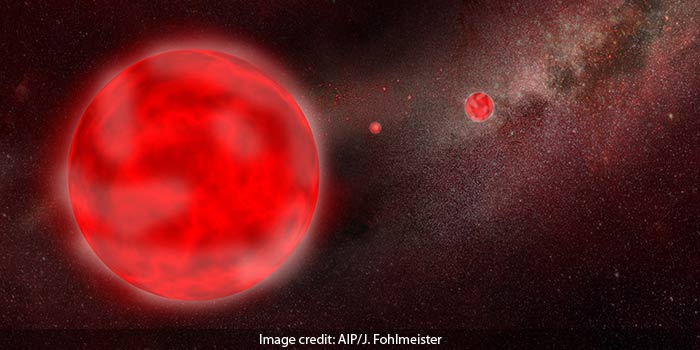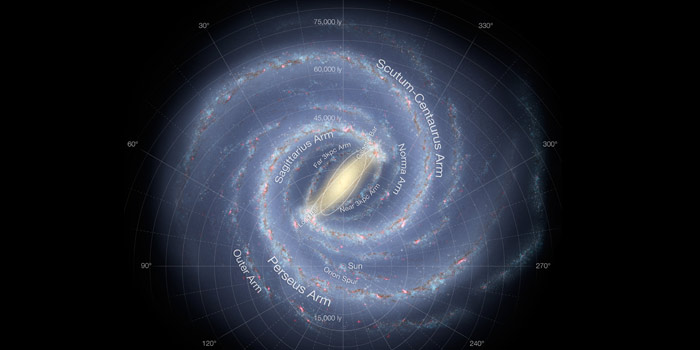A team from the Leibniz Institute for Astrophysics Potsdam have come upon a group of red giant stars with a chemical clock that does not work, making them seem younger than they actually are. Given humanity’s limited knowledge of the way the universe works, it’s not surprising to hear about this discovery revealing the complexity of our Milky Way galaxy to be beyond our assumed level of understanding.
These ancient red stars seem to be young when astrophysicists calculate their age using asteroseismology. Their existence cannot be fathomed if placed in the context of standard chemical evolution models of the Galactic disc.

The chemical signature of the stars contradicts any notion of them being young and shows that they are actually old. The Milky Way’s history takes stellar motions and the quantities of different chemical elements in the spectra of stellar atmospheres into calculation. The concept is called Galactic Archaeology and points to stellar abundance ratios as an indirect estimator of age. When giant stars explode as core-collapse supernovae, they serve to pump oxygen and other ‘alpha elements’ on short timescales into the interstellar medium.
Type Ia supernovae which consists of a white dwarf star and a giant or an even smaller white dwarf star orbiting one another, give out the bulk of iron and die after a longer time. It is the time difference between the interstellar medium enrichment in alpha/iron that is referred to as a chemical clock. The newly discovered group of stars disprove the theory of alpha/iron enhancement offering any guarantee of a star being old. If you take a look at the rendered image of the Milky Way that is posted below, you’ll see a central bar and arms spiraling outwards.

Image credit: Wikipedia
The red stars (supplemented with alpha elements with regards to the Sun) which initially deceived scientists about their true age, are said to be more abundant in the inner Galactic disc regions where the merger of the bar and spiral arms are thought to create a relatively more complex chemical enrichment situation. The astrophysicists at the Leibniz Institute for Astrophysics Potsdam obviously have a lot of work ahead of them before they find the origin of these giant old stars.
